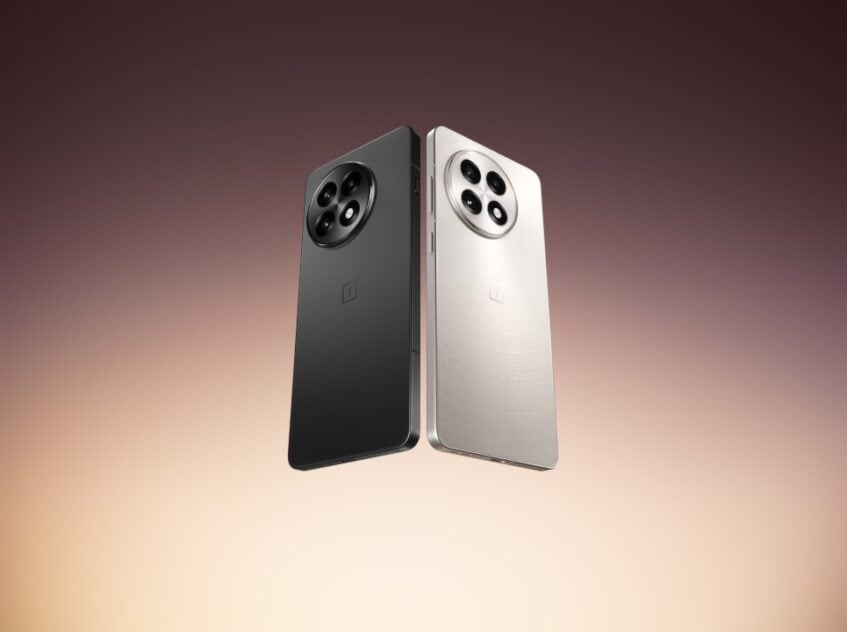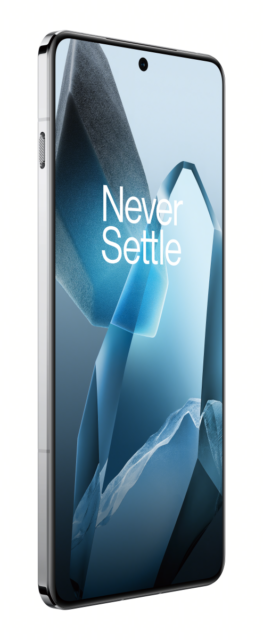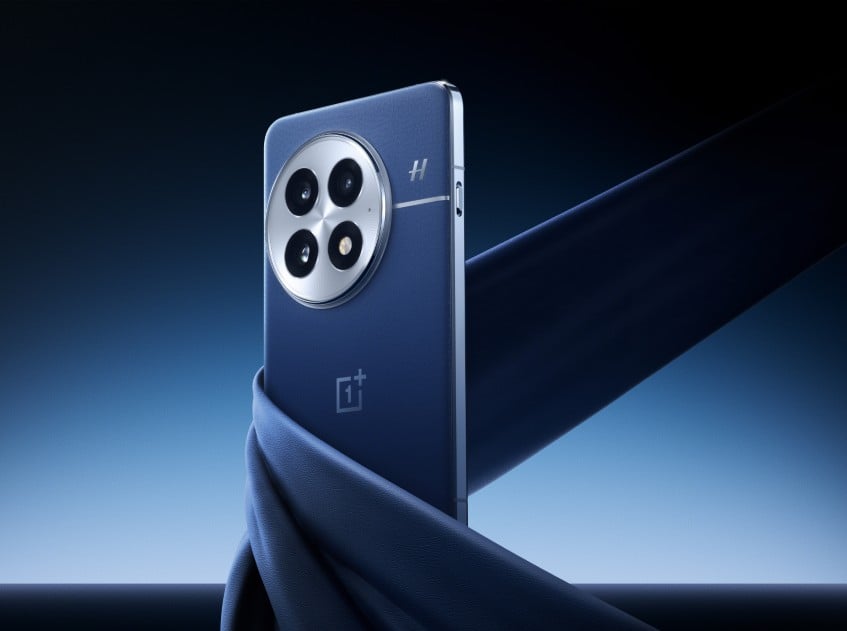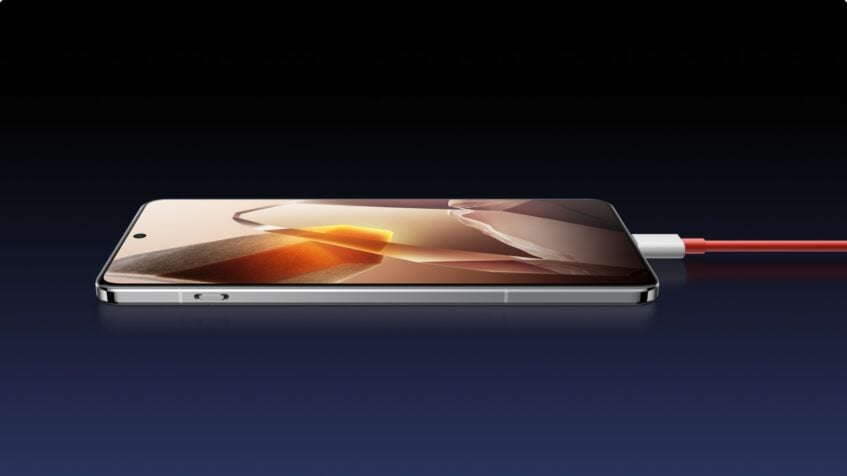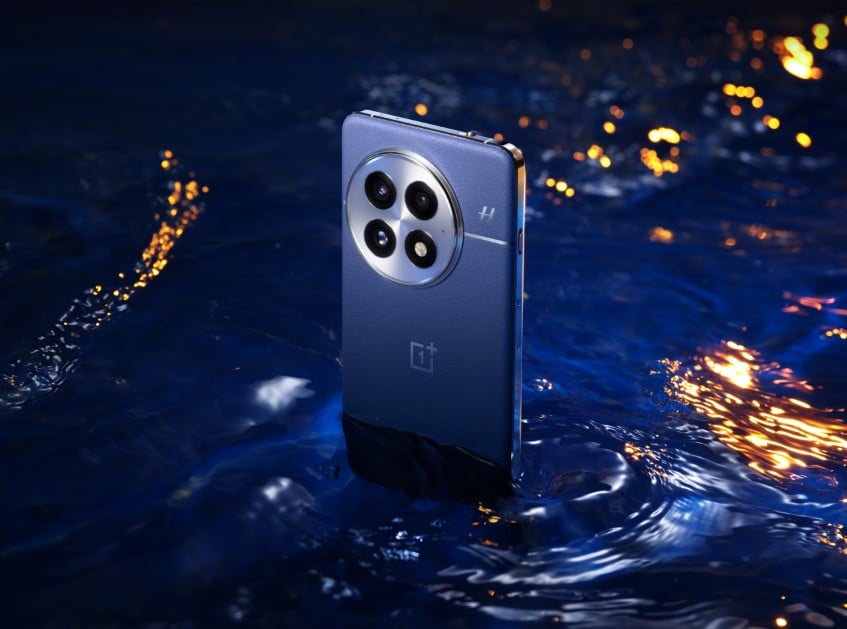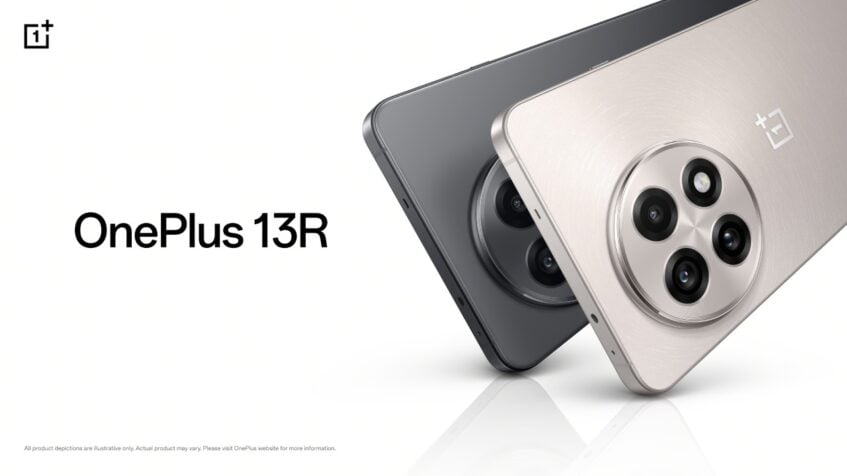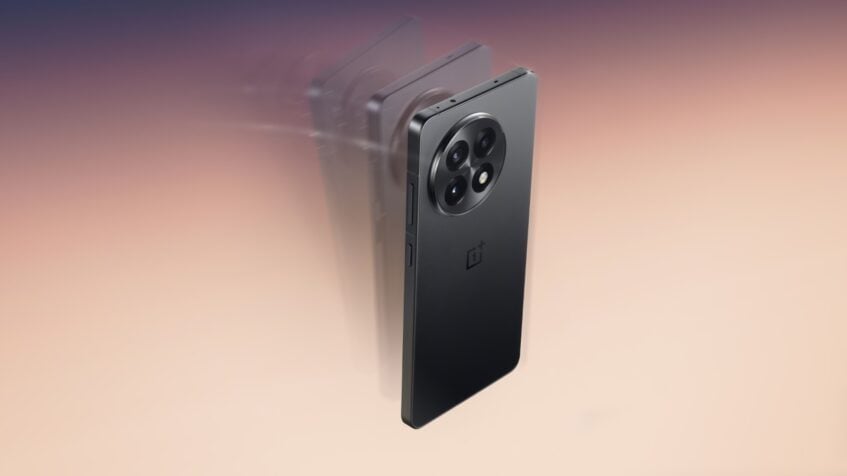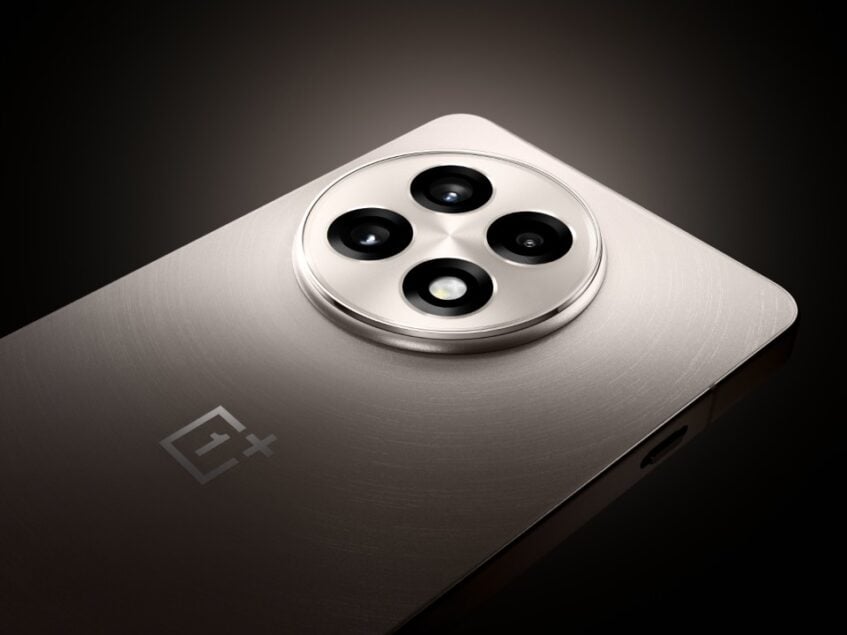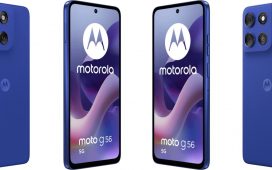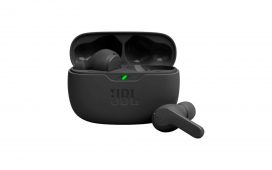A few years back, as OnePlus started to push away from being a brand with prices that severely undercut the competition, its footing seemed shakier than usual. That was simply because the value of its products started to diminish with those higher price tags.
Fortunately, the company seems to have caught its stride again, and the OnePlus 13 series might be the best example of the company knowing exactly what it is doing. The OnePlus 13 and OnePlus 13R are both fantastic smartphones with several significant improvements over their predecessors, so let’s dive into what makes them so good.
The OnePlus 13 and OnePlus 13R Launch with Speed-Prioritizing OxygenOS 15
OxygenOS 15, based on Android 15, promises to bring a user experience that places a massive focus on smoothness and speed. That’s certainly something that most of us appreciate with our phones, and it is something that OEMs really seem to be prioritizing in flagships these days.
Needless to say, a lot of AI features will find their way to the OnePlus 13 series, including Circle to Search, AI Translation, AI-focused image editing tools, AI Notes, and Intelligent Search.
The OnePlus 13 Revises the Design, with a Big Battery and a Killer Chip
The OnePlus 13 is very different from the OnePlus 13R that is joining it for launch; there are very few aspects where the devices are identical, which makes the purchasing decision a lot easier. Do you want power, or more power? If it’s the latter, the OnePlus 13 is calling your name, so let’s talk about it.
The Design
The OnePlus 13’s design isn’t quite what I’d be comfortable to call a facelift. It makes notable changes to its predecessor’s design, but most of that DNA still remains. The circular camera module is in the same spot, but gone is the metallic segment that merged it into the frame. Instead, we get a horizontal metallic line that runs edge to edge, right through the center of the camera module. It’s certainly a cleaner look and I like it.
The phone is available in three colorways: Black Eclipse, with a “black rosewood grain glass” finish; Midnight Ocean, with a deep blue microfiber vegan leather finish; and Arctic Dawn, which uses a surface-based glass coating that makes it shimmer in light.
The phone is both lighter and thinner than its predecessor and upgrades the water resistance certification to IP68 and IP69. It has also “undergone multiple US military MIL-STD-810H grade product tests”; whether that means it actually earned the certification, I’m not quite sure about.
The Screen
The OnePlus 13 comes with a similar display to its predecessor, at least on paper. It’s a flat 6.82-inch LTPO AMOLED “ProXDR” unit with a 120Hz refresh rate, 4,500-nit peak brightness, and QHD+ resolution. Not only is it certified for Dolby Vision and HDR10+ content, but it has also attained an A++ rating from DisplayMate.
The screen also comes with OnePlus’ Aqua Touch 2.0 technology, which makes operating your phone in wet conditions easier than it has ever been.
The Internal Hardware
We all love the performance side of things, and unsurprisingly, the OnePlus 13 opts for the modern Snapdragon 8 Elite. That means that you get the very best that is attainable when it comes to mobile chipsets. Performance won’t be an issue, and with the Dual Cryo-Velocity Vapor Chambers inside, thermal management should be impressive.
The phone will be available in 256GB and 512GB storage variants, with 12GB and 16GB of RAM respectively. In other hardware departments, you get Bluetooth 5.4, Wi-Fi 7, an IR blaster, and USB-C 3.2. The fingerprint reader gets upgraded to an ultrasonic unit. India will get the exclusive option of a 1TB model with 24GB RAM. Too bad for everywhere else.
The Battery and Charging
The OnePlus 12 already had a big battery compared to 2023’s standard, but with the recent trend of silicon-based batteries, the battery capacity has expectedly stepped up even more. Now, you’ll get a 6,000mAh cell that can be charged at up to 100W when wired and 50W with a wireless charger. There’s even support for reverse wired charging at 5W, but you’ll probably only use that in a pinch.
The Cameras
And of course, we can’t forget the cameras. The OnePlus 13 doesn’t compromise on those, opting for a triple-50MP setup on the back, as seems to be popular these days. That’s a primary Sony LYT-808 unit with OIS, a 3x periscope telephoto with OIS, and an ultrawide. On the front is a 32MP unit for selfies.
The cameras here are still developed in collaboration with Hasselblad. You’ll be able to record at 8K/30, as well as 4K Dolby Vision, on the rear cameras, and 4K/60 on the selfie camera.
The OnePlus 13R Dials Back the Spec Sheet But Still Gives You Flagship Power
If you don’t mind last year’s flagship power, which admittedly is still a lot of power, the OnePlus 13R is the way for you to go. The new OnePlus 13R will handle pretty much everything that you throw at it, without costing as much.
The Design
The OnePlus 13R brings the same design as the OnePlus 13; it gets rid of the large metallic inset of the OnePlus 12R but it doesn’t bring the metallic stripe of the OnePlus 13. This makes it possible to tell them apart, but it does make the 13R look more basic. The flat back panel contributes to that. By no means does that mean this is a bad-looking device.
It comes in the black Nebula Noir colorway and the light gold Astral Trail option. This comes with IP65 certification, 8mm thickness, and has also undergone military-grade tests; again, that sounds like a way to avoid being clear about whether it passed those tests.
The Screen
The OnePlus 13R brings a completely flat screen, which if you know me, is something that I consider to be a good thing. It’s an LTPO AMOLED unit with the same ProXDR technology and a 6.78-inch diagonal. That makes it slightly smaller than the OnePlus 13. The screen has a 1.5K resolution, a 120Hz refresh rate, and 6,000-nit peak brightness, and support for Dolby Vision and HDR10+ content.
This is also the very first device to come with Corning’s new Gorilla Glass 7i, which the company says will deliver improved scratch resistance and durability. It protects the screen as well as the device’s back panel.
The Internal Hardware
In the case of the OnePlus 13R, just like its predecessor, you have to deal with the last chip that Qualcomm released, and not the current one. That means that you get the Snapdragon 8 Gen 3 and not the 8 Elite, but unless you’re constantly scrutinizing benchmarks, you almost certainly won’t notice that in real-world use. It’s plenty of power and helps keep the price down.
The device comes with UFS 4.0 storage (hopefully OnePlus isn’t mistaken this year as well) and comes in a single 12/256GB variant. India will be the only region with a 16/512GB configuration.
The Battery and Charging
The 6,000mAh battery is one of the very few ways that the OnePlus 13R is the same as the OnePlus 13. It comes with 80W fast charging but you’re going to be missing out on wireless charging if this is your device of choice.
The Cameras
The OnePlus 13R doesn’t have a camera setup as good as the OnePlus 13, but that should be expected. The primary sensor is a 50MP Sony LYT-700 with OIS. That gets paired with a 50MP 2x telephoto for portrait shots and an 8MP ultra-wide unit. You’ll be able to record at up to 4K/60.
The front camera is a respectable 16MP unit that can do FHD/30 video recording. It’s not the best, but it is one of the trade-offs that you’ll need to make for the cheaper device.
Pricing and Availability for the OnePlus 13 Series
In the US, the OnePlus 13 will start at $899.99 for the 12/256GB model and will cost $999.99 for the 16/512GB option, though you’ll be able to get the higher-specced model for $899.99, up until February 7th. Those prices are identical in the United Kingdom, though you only have until February 5th for the promo on the 512GB option.
In Europe, it will cost €999 for the base model and €1,149 for the higher-specced model though you’ll get €100 off that one until February 5th.
For the OnePlus 13R, it will cost $599.99 in the US, €749 in Europe, and £679 in the UK.
| OnePlus 13 | OnePlus 13R | |
| Display | 6.82-inch AMOLED, 1440 x 3168 pixels, 120Hz LTPO, Dolby Vision, HDR10+ | 6.78-inch AMOLED, 1240 x 2780 pixels, 120Hz LTPO, Dolby Vision, HDR10+ |
| Processor | Qualcomm Snapdragon 8 Elite | Qualcomm Snapdragon 8 Gen 3 |
| RAM | 12GB, 16GB, 24GB (India-Exclusive) | 12GB, 16GB (India-Exclusive) |
| Storage | 256GB, 512GB, 1TB (India-Exclusive); UFS 4.0 | 256GB, 512GB (India-Exclsuive); UFS 4.0 |
| Rear Camera | 50MP main, 50MP 3x periscope telephoto, 50MP ultrawide | 50MP main, 8MP ultrawide, 50MP 2x telephoto |
| Front Camera | 32MP | 16MP |
| Max. Video Recording | Rear: 8K/30; Front: 4K/60 | Rear: 4K/60; Front: FHD/30 |
| Battery | 6000mAh | 6000mAh |
| Charging | 100W wired, 50W wireless | 80W wired |
| OS | OxygenOS 15 (Android 15) | OxygenOS 15 (Android 15) |
| Water Resistance | IP68/IP69 | IP65 |
| Dimensions | 162.9 x 76.5 x 8.5/8/9 mm | 161.7 x 75.8 x 8 mm |
| Weight | 210 grams | |
| Colors | Black Eclipse, Midnight Ocean, Arctic Dawn | Nebula Noir, Astral Trail |

